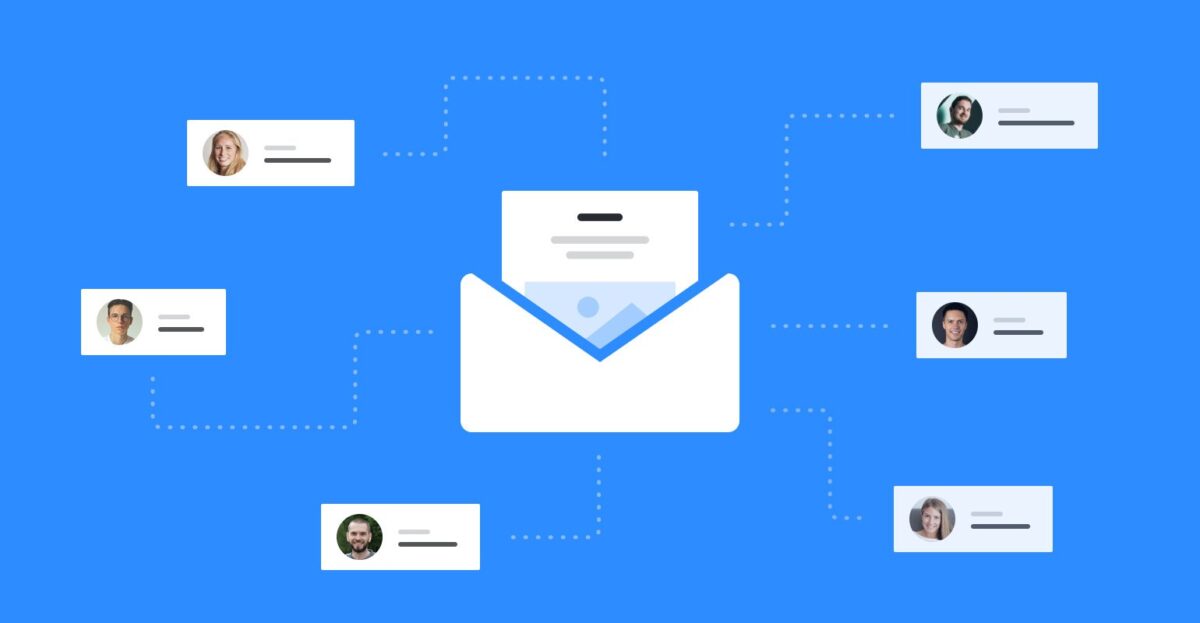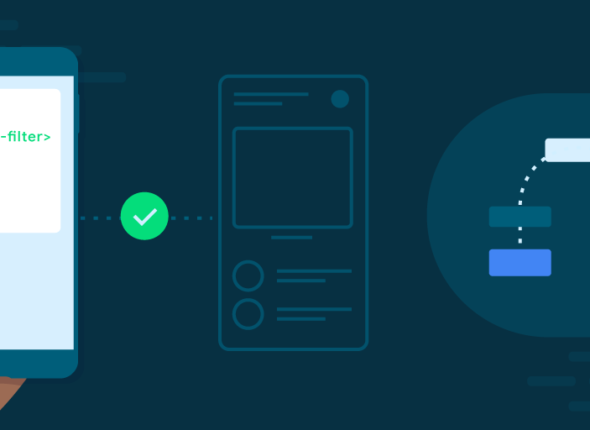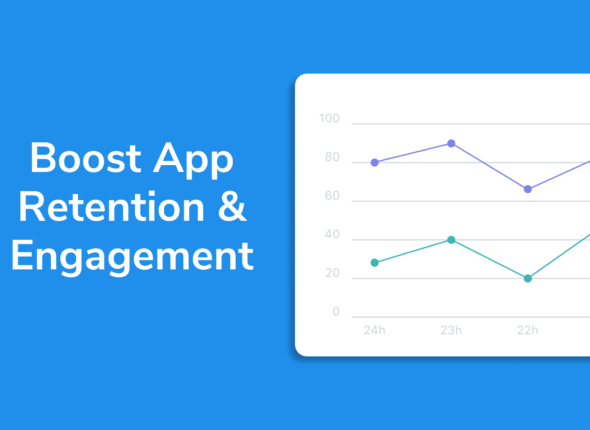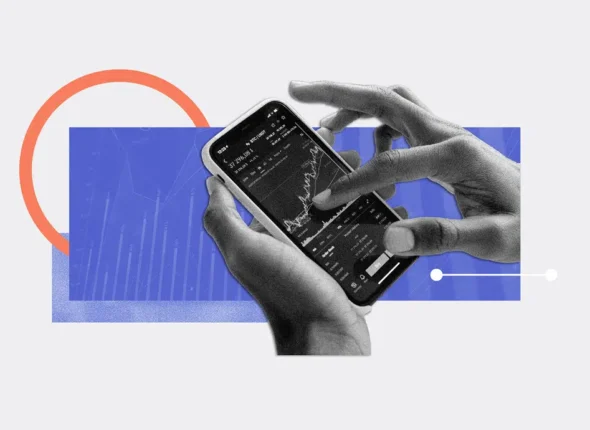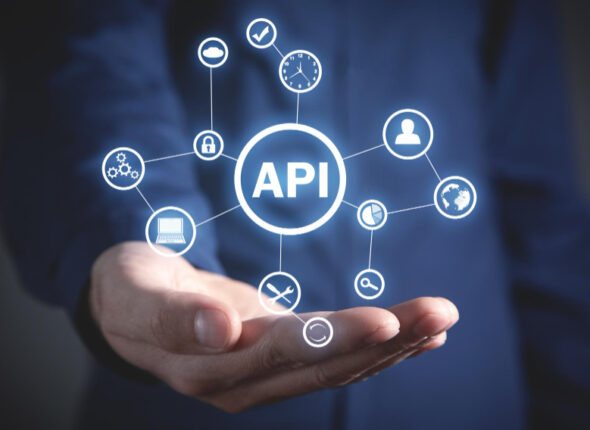In the world of mobile app development, building a high-quality app is just the beginning. With millions of apps on the market, the real challenge is getting users to discover, download, and consistently use your app. This is where mobile app marketing and growth hacking come into play. In this blog, we’ll explore effective strategies for marketing your app, growth hacking techniques to scale quickly, and key considerations to ensure long-term success.
What is Mobile App Marketing?
Mobile app marketing encompasses the entire process of promoting your app from the moment of conceptualization through post-launch engagement. It’s about creating awareness, acquiring new users, and retaining them to achieve sustainable growth. A solid marketing strategy covers multiple phases of the app lifecycle, including:
- Pre-Launch Marketing: Building anticipation before the app release.
- Launch Marketing: Executing campaigns that encourage downloads right when the app goes live.
- Post-Launch Marketing: Driving user retention, engagement, and app store optimization (ASO) to ensure steady growth over time.
Pre-Launch Mobile App Marketing
The key to a successful launch often lies in the preparation. Here are some pre-launch strategies to ensure your app gets off to a strong start:
1. Identify Your Target Audience
Before you start any marketing campaign, define who your target users are. Consider demographic factors such as age, gender, location, and interests, as well as psychographic factors like behavior, preferences, and motivations. Understanding your audience helps you tailor your messaging and marketing channels to reach the right people.
2. Build a Pre-Launch Landing Page
A landing page allows you to collect emails from interested users before the app goes live. Use it to share sneak peeks, announce launch dates, and offer exclusive pre-launch benefits, such as early access or special features. Tools like LaunchRock or Unbounce make it easy to create an effective landing page.
3. Generate Buzz on Social Media
Start building your community on social platforms like Twitter, Instagram, or LinkedIn months before the launch. Share behind-the-scenes content, teasers, and updates. Use relevant hashtags and engage with influencers in your niche to amplify your reach.
4. Incorporate Influencers and Bloggers
Influencers and bloggers have built trust with their audiences and can drive meaningful traffic and downloads to your app. Identify influencers in your industry and offer them early access to your app in exchange for reviews or shoutouts.
5. Beta Testing and User Feedback
Offer your app to a limited audience for beta testing and encourage feedback. Platforms like TestFlight (for iOS) and Google Play Console (for Android) allow developers to release beta versions. Collect feedback, fix bugs, and refine the user experience based on what beta testers find.
App Launch Marketing Strategies

The launch phase is a crucial time to drive downloads and make a strong impression. These strategies can help boost visibility and downloads immediately after your app hits the app store:
1. App Store Optimization (ASO)
App Store Optimization (ASO) is the process of optimizing your app’s listing to improve visibility and conversion rates in app stores. Key components include:
- Title and Keywords: Use relevant and high-traffic keywords in your app’s title and description.
- App Icon and Screenshots: Visual elements play a huge role in first impressions. Make sure your app icon is distinctive and that your screenshots showcase your app’s core features.
- Description: Write a compelling description that highlights your app’s value proposition, key features, and benefits.
2. Paid Advertising
Consider using paid ads to promote your app at launch. Channels to explore include:
- Google Ads: Promote your app through Google’s vast network, including search ads and display ads.
- Facebook and Instagram Ads: These platforms offer advanced targeting options, allowing you to reach potential users based on specific interests, demographics, and behaviors.
- Apple Search Ads: Advertise directly in the App Store to capture users who are searching for apps like yours.
3. App Review Websites
Submit your app to app review websites and tech blogs for additional exposure. Websites like Product Hunt, AppAdvice, or 148Apps can help spread the word about your app to a larger audience.
4. Referral Campaigns
Implement a referral program to encourage word-of-mouth marketing. Offer users rewards such as discounts, in-app currency, or exclusive features for inviting their friends to download the app.
5. Leverage PR and Media Coverage
Reach out to industry-specific journalists and tech blogs to pitch your app. A well-written press release can result in media coverage, which not only boosts downloads but also establishes credibility.
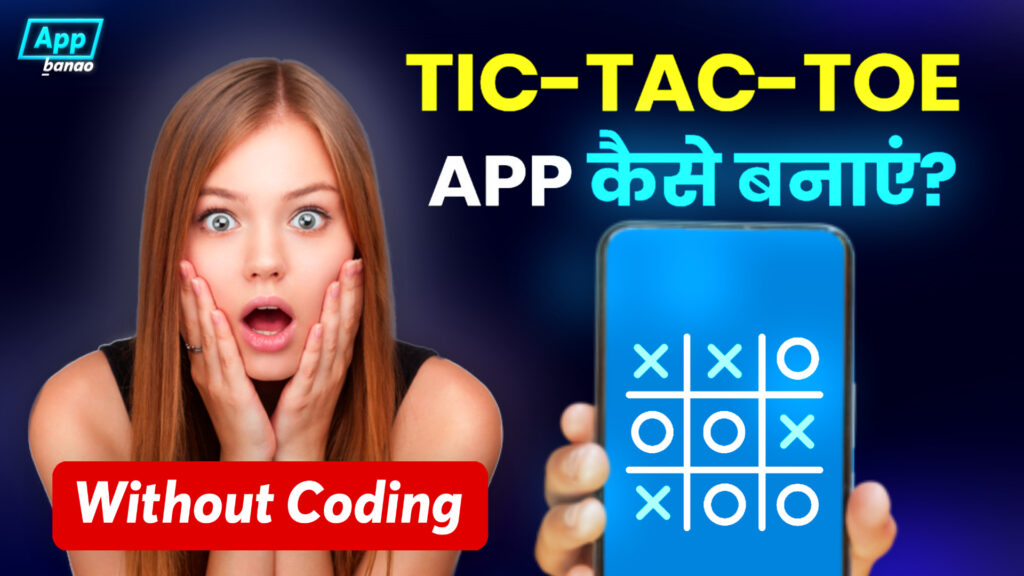
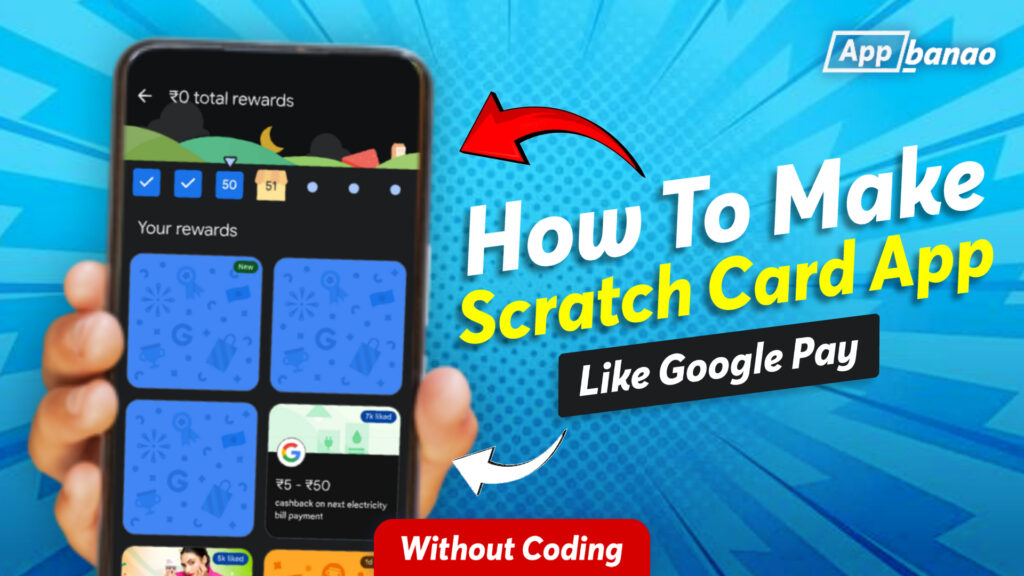
Post-Launch Growth Hacking Techniques
Growth hacking involves using creative, low-cost strategies to acquire and retain users. Here are some growth hacking techniques you can apply post-launch to accelerate your app’s growth:
1. Optimize for Virality
Build features into your app that encourage users to invite others. This can include social sharing buttons, rewards for referrals, or gamification elements that make users want to share their achievements. Some of the most successful apps, like Dropbox and Uber, used referral programs to fuel viral growth.
2. Push Notifications and In-App Messaging
Use push notifications and in-app messaging to re-engage users and prompt them to return to the app. However, be strategic with these messages—too many can lead to app uninstalls. Tailor notifications based on user behavior, offering timely and relevant content that encourages engagement.
3. A/B Testing for Continuous Improvement
A/B testing allows you to experiment with different variations of your app’s features, design, and messaging to see what resonates most with your users. Regularly test your app’s onboarding flow, UI elements, or in-app purchase offers to improve conversion rates.
4. Influencer and User-Generated Content
Encourage users and influencers to create content around your app. This could be anything from social media posts showcasing how they use the app to YouTube reviews or tutorials. This type of organic content can lead to higher credibility and trust among potential users.
5. Cross-Promotion
Partner with other apps or businesses that have a similar audience to promote each other’s products. Cross-promotion can be done through banner ads within the app, social media mentions, or email newsletters.
6. Leverage Analytics and Data
Data-driven decisions are key to successful growth hacking. Tools like Firebase Analytics, Mixpanel, or App Annie provide insights into user behavior, app performance, and engagement. Use these tools to identify bottlenecks in your app’s user flow, track retention rates, and optimize your user acquisition strategy.
Long-Term User Retention and Engagement
Once you’ve acquired users, the challenge shifts to keeping them engaged. High churn rates can hinder growth, so it’s important to focus on strategies that retain users over time.
1. Improve Onboarding
A smooth onboarding process is critical for user retention. Ensure that users can quickly understand how to use your app and realize its value within the first few minutes of interaction. Offer interactive tutorials or a guided walkthrough if needed.
2. Personalization
Personalizing the user experience based on individual preferences and behaviors can increase engagement. Show users relevant content, recommendations, or tailored offers based on how they interact with your app.
3. Offer Regular Updates
Keep your app fresh with regular updates. This not only fixes bugs but also introduces new features and content that keep users interested. Listen to user feedback and implement requested features to demonstrate that you value their input.
Conclusion
Mobile app marketing and growth hacking are essential components of building and scaling a successful app. From the pre-launch phase to long-term retention, each stage requires a combination of creativity, strategy, and data-driven decisions. By leveraging these techniques, you can increase visibility, acquire more users, and ensure sustained growth over time.
Remember, the app market is crowded, but with the right marketing and growth strategies, you can stand out, grow your user base, and build a successful app that users love.
Tips for Reducing App Load Time and Memory Usage
- October 17, 2024
- Com 0
In today’s fast-paced digital world, users expect mobile apps to perform flawlessly, load quickly, and run efficiently. An app that…
Strategies to Reduce App Abandonment and Increase Retention
- October 17, 2024
- Com 0
In the highly competitive app marketplace, user retention is one of the most important metrics for measuring success. While acquiring…
Fintech App Development: Ensuring Compliance and Security
- October 16, 2024
- Com 0
The rapid growth of fintech (financial technology) apps has revolutionized the financial services industry. From mobile banking and digital wallets…
The Future of Mobile Apps in the Travel and Tourism Industry
- October 15, 2024
- Com 0
The travel and tourism industry has undergone a significant transformation in recent years, driven largely by advancements in technology. Mobile…
What Every Developer Should Know About Securing API Endpoints
- October 13, 2024
- Com 0
APIs (Application Programming Interfaces) play a critical role in modern application development, enabling communication between client applications and backend services.…
Integrating Cloud Services into Your Mobile App
- October 12, 2024
- Com 0
Cloud services have revolutionized the way modern mobile apps are developed, deployed, and maintained. Integrating cloud services into your mobile…

